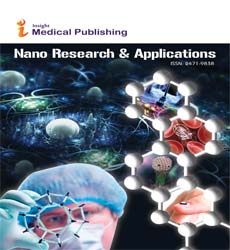Active role of Câ??Nâ??, and CQD for photocatalytic water purification, an overview
Wilfried Wunderlicha
Abstract
Photocatalytic materials used for water purification have improved over the last decades, as their important parameters for performance, such as nanometer size, high absorption factor, slow recombination rate, high carrier concentration, p/n- junction and high carrier mobility were optimized. Carbon Quantum dots (GQD) and graphitic Carbon nitrites (g-Câ??Nâ??) [1] are used in combination with metallic or semi- conducting nanoparticles such as Ag, Pd, TiOâ?? [2], ZnO. The best performance is 100% degradation of dyes within less than 10 min [3-5]. In 2020 the amount of literature has increased dramatically, and in this overview presentation we provide guidelines for new experiments and applications together with our own experience [7]. CNT and Câ??Nâ?? are the ideal materials because they have sufficient mechanical and thermal stability to act as a scaffold, but CQD and Câ??Nâ?? also participate actively in improvement of band gap type I (fig. 1) [2] or the Z-Scheme.
Open Access Journals
- Aquaculture & Veterinary Science
- Chemistry & Chemical Sciences
- Clinical Sciences
- Engineering
- General Science
- Genetics & Molecular Biology
- Health Care & Nursing
- Immunology & Microbiology
- Materials Science
- Mathematics & Physics
- Medical Sciences
- Neurology & Psychiatry
- Oncology & Cancer Science
- Pharmaceutical Sciences
